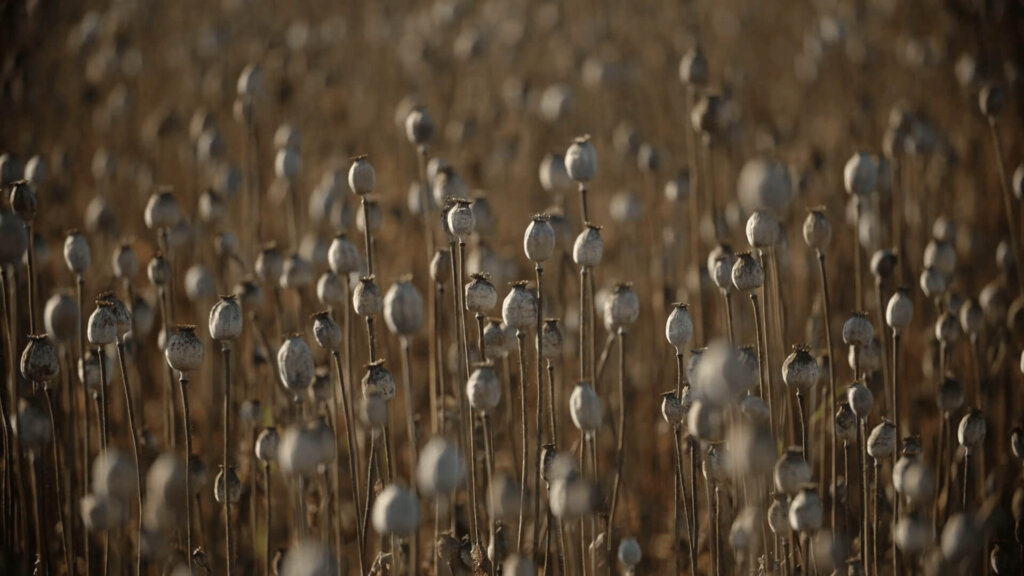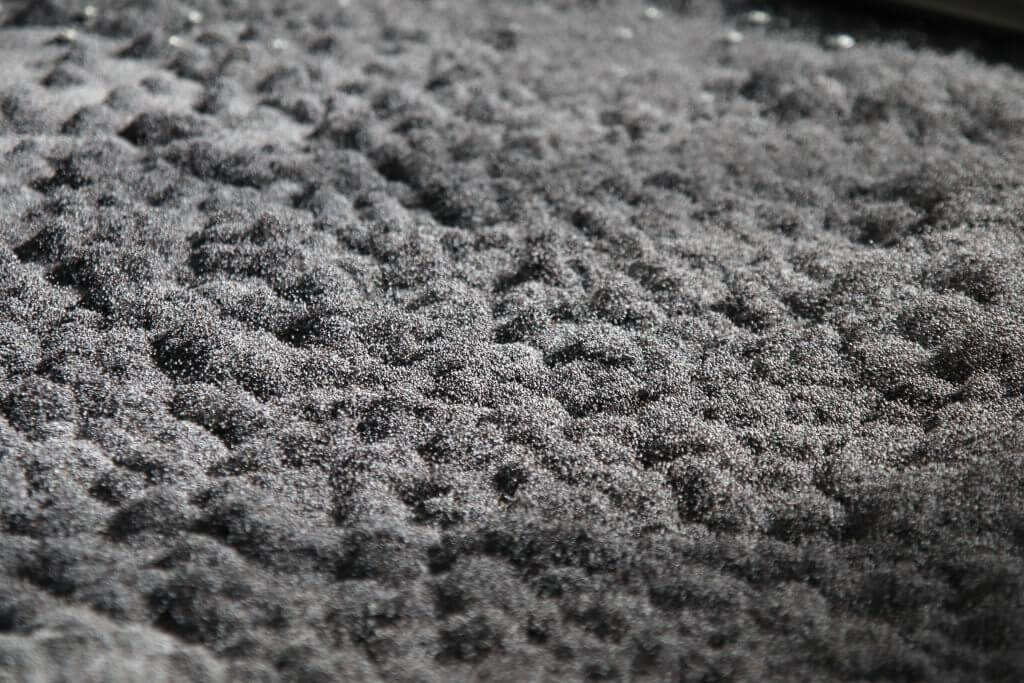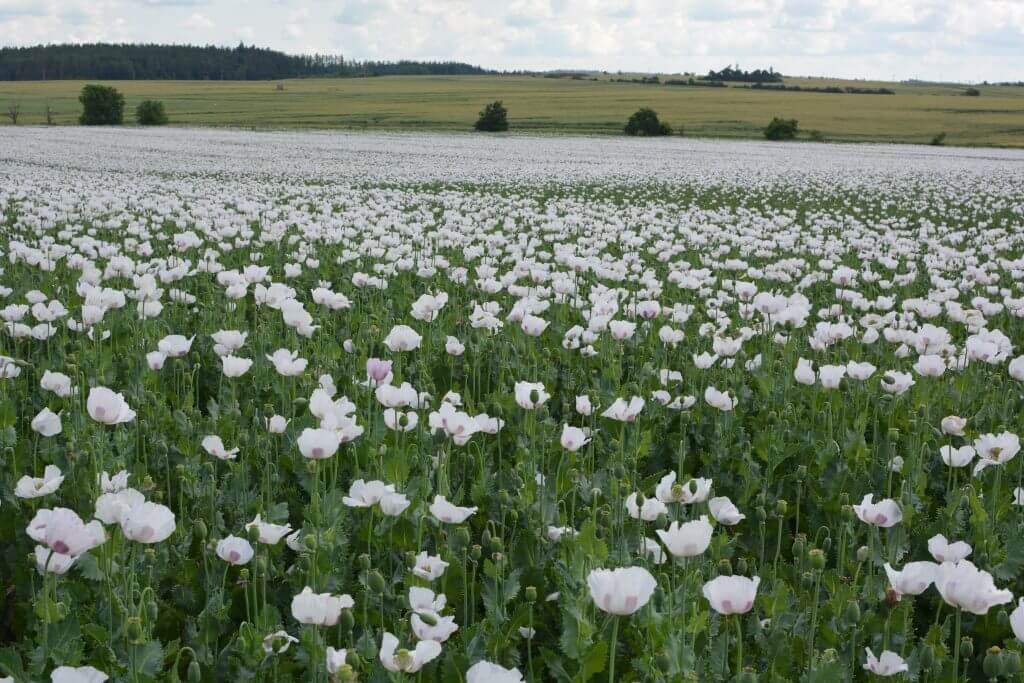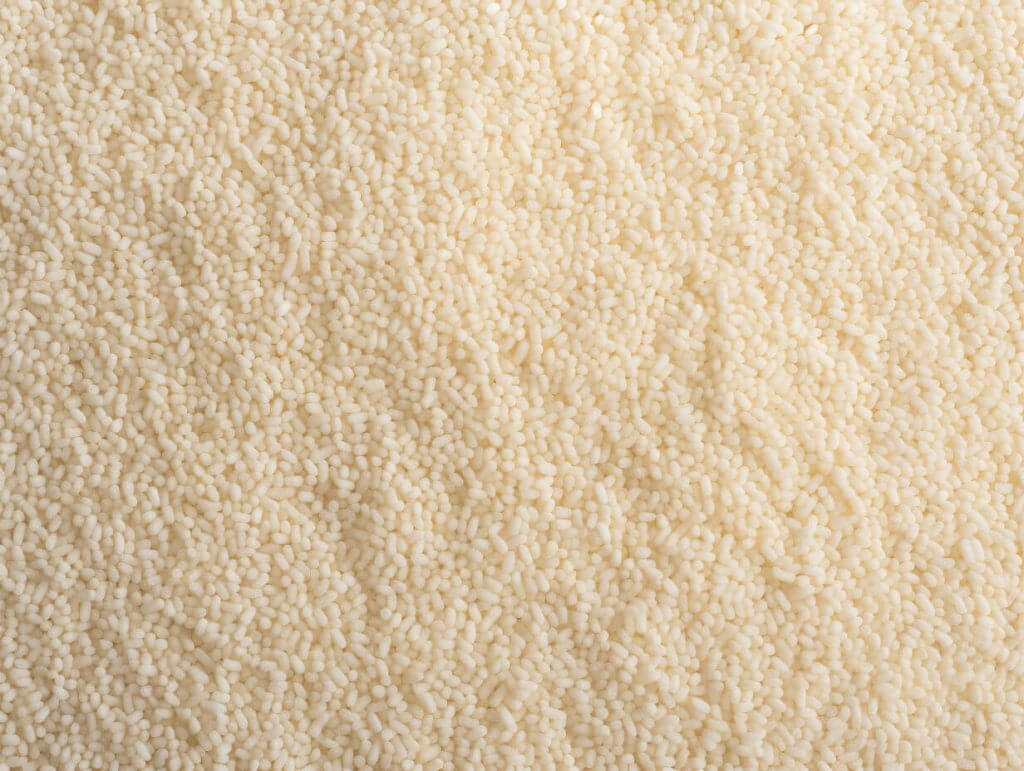Poppy species in the Czech Republic
Poppy seeds are obtained from a plant called Poppy (Papaver somniferum in Latin). It is a very popular crop in the Czech Republic and its cultivation dates back to the Late Bronze Age. Although poppy cultivation in the Czech Republic has a very long tradition, most people think of red poppy flowers. But which poppies are best suited for processing and use in the food industry, and what varieties of poppies does AGRA Group grow in the Czech Republic?
Blue poppy

Interesting facts
The blue poppy, which is a variety of the sown poppy (Papaver somniferum), is an annual plant of the poppy family (Papaveraceae). It is native to Europe, Asia and Africa, but is now cultivated all over the world. It is also known as the Czech blue poppy, which refers to the long tradition of this variety in the Czech Republic.
The blue poppy has a low, upright stem that grows to a height of 30-80 cm. The leaves are narrow, lanceolate and long-stalked. The flowers are relatively large, up to 10 centimetres across, and are deep blue in colour. You can see blue poppies flowering in the Czech Republic from about June to August, when the harvests are usually in progress.
Blue poppy seeds are small, round and dark brown. They have a slightly sweet taste and are a popular ingredient in sweet pastries, sweets and other dishes.
Uses of blue poppy seeds
Blue poppies have a wide range of uses. The seeds are mainly used in the food industry, where the ground poppy seeds are used not only in sweet pastries (poppy seed cakes, poppy seed buns, etc.) but also in confectionery. Moreover, thanks to their interesting texture and positive effects on the human body, poppy seeds are also becoming a popular ingredient in fruit and vegetable salads, soups and hummus.
In addition to the food industry, to which AGRA Group has been supplying its Czech ground poppy for several years, blue poppy is also used as a food supplement and natural medicine. As blue poppy seeds contain a large amount of alkaloids which have sedative, analgesic and antitussive effects, it is recommended to use poppy in the treatment of insomnia, various pains and coughs. This is also why the blue poppy is a symbol of sleep and dreams.

White poppy

Interesting facts
Like the blue poppy, the white poppy is also an annual plant of the poppy family, a variety of the poppy (Papaver somniferum). The white poppy was originally found mainly in Asia, but nowadays poppy fields with white flowers can be found all over the world, including the Czech Republic.
White poppies do not differ in appearance from blue poppies except for their colour. It also has a low, upright stem that grows to a height of 30-80 cm. The leaves are narrow, lanceolate and long-stalked. The flowers are large, about 10 cm in diameter, and have a typical white colour. You can see it bloom from mid-June until the end of the summer holidays.
The seeds are small, round and light brown. They have a distinctive nutty flavour and are a popular ingredient in sweet and savoury pastries, salads, soups and other dishes.
Uses of white poppy seeds
White poppies have similar uses to blue poppies. The seeds are used in food and medicine. However, for many years you would not find it on the shelves of bakeries. Originally, white poppies were only used as a medicine, as the seeds were considered unpalatable. However, due to its high opiate content, the cultivation of white poppies has been regulated and restricted since the 1960s and has even been banned in some states. It was only later that its unique and delicious flavour was discovered, which led to the use of the white poppy in the food industry.
Today, white poppy seeds are used in the food industry as an ingredient in baked goods, candies, salads, soups and other dishes. Their distinctive nutty flavour adds an interesting taste to dishes and the white seeds can also attract the attention of customers.
However, like the blue poppy, the white poppy also has medicinal properties. It contains alkaloids that have sedative, analgesic and antitussive effects. White poppies are used to treat insomnia, pain and coughs.

Blue poppy vs. white poppy
Although they are two closely related plants, there are some differences between the white and blue poppy.
- Flower colour
- Blue poppies have deep blue flowers, while white poppies have white flowers.
- Seed colour
- Blue poppy seeds are dark brown, while white poppy seeds are light brown
- Taste of the seeds
- Blue poppy seeds have a slightly sweetish taste, while white poppy seeds have a distinct nutty taste.
- Uses
- Both poppies are used in food and medicine. The blue poppy is mainly used in sweet pastries and confectionery, while the white poppy is often used in savoury pastries or salads.
In addition to blue and white poppies, there are a large number of other varieties, with more than 100 different species identified today. However, most of the plants are not suitable for food use. In addition to the two varieties mentioned above, we can also find oil poppies in the kitchen, or rather the product that is made from this variety – poppy seed oil.
The seeds of the poppy have a high oil content and poppy seed oil has many uses in the kitchen. Thanks to its good digestibility and high vitamin E content, it has become a great flavouring for sweet and savoury salads. In addition to the food industry, poppy seed oil is also used in pharmaceuticals and can be found in cosmetic stores. In fact, poppy seed oil is often added to skin and hair care products.